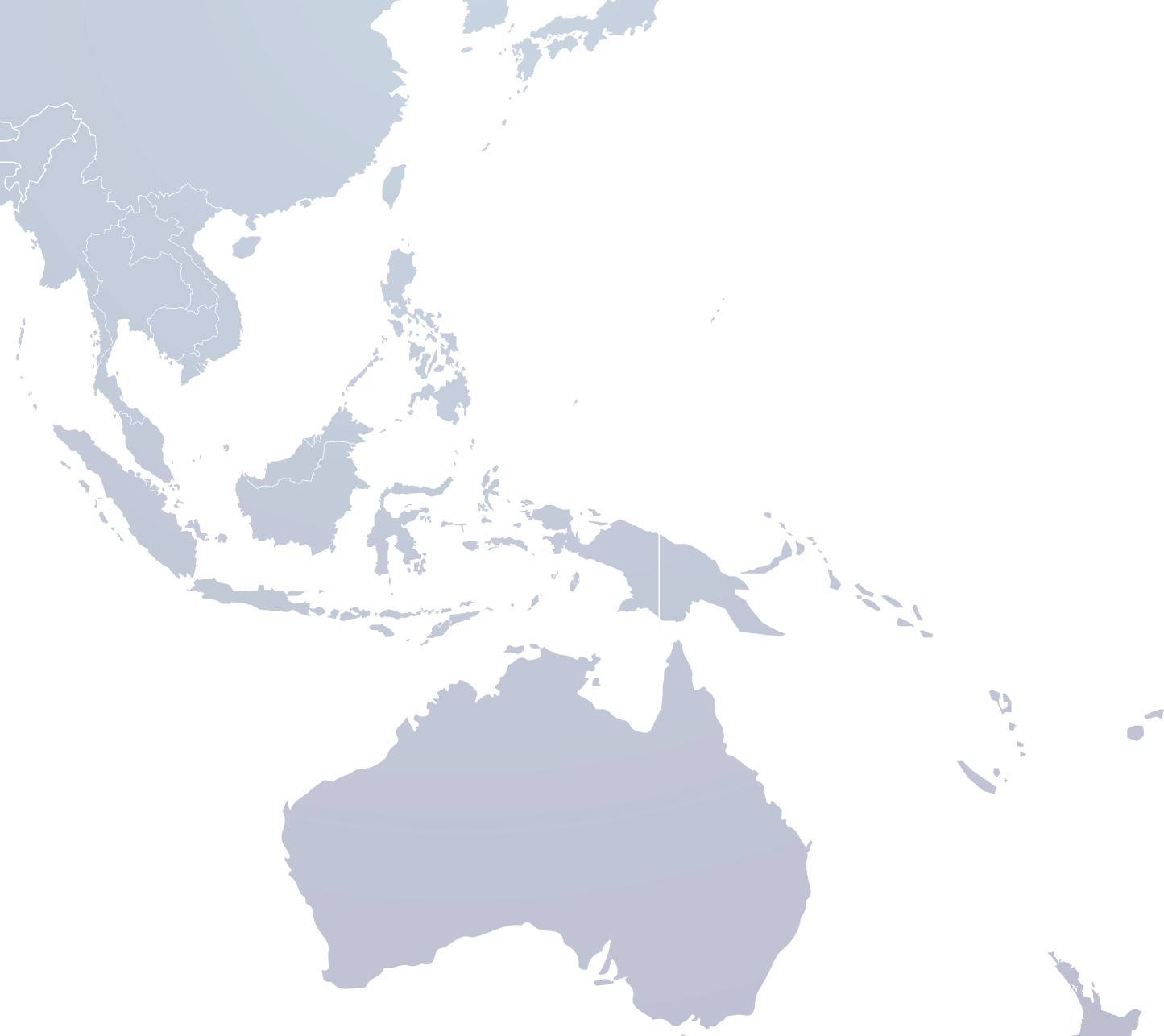The cybersecurity landscape in the Asia-Pacific (APAC) region is more intricate than ever as it becomes more connected digitally. The rapid technological advancements, increasing digital connectivity, and evolving cyber threats, mean the focus on robust cybersecurity measures has intensified. And it’s not just cybersecurity measures, it’s about spreading awareness of how data is used, reclaimed, and the issues with digital footprints and cybersecurity.
Stakeholders across the spectrum – from governments to businesses – are interested in emerging trends that will shape cybersecurity strategies in the foreseeable future. Read on to learn about 4 of them.
The Rise of Generative AI in Cyber Defense
The application of Generative AI (GenAI) technologies is becoming essential in the operations of Security Operations Centers (SOCs) across APAC (and the globe).
AI’s ability to analyze vast amounts of data swiftly means SOCs are using GenAI to enhance their threat detection and response capabilities. This trend isn’t just about automation. It’s about augmenting the analytical capabilities of human security analysts, allowing them to address more complex threats effectively.
The integration of GenAI means SOCs can better predict potential breaches and respond to cyber threats with unprecedented speed and accuracy. It also facilitates the development of more advanced predictive models, enabling SOCs to anticipate and mitigate risks before they materialize. AI can also prove pivotal when it comes to making data removal tools capable of keeping on top of the incessant pull from data brokers looking to exploit user info.
And GenAI can simulate various attack scenarios, providing security teams, with valuable insights into potential vulnerabilities. It’s no wonder this is becoming a global trend.
Quantum Computing
Quantum computing is an incredible tool but a formidable challenge in the cybersecurity domain.
Its ability to process information exponentially faster than classical computers gives new efficiencies in developing cryptographic solutions. Still, this capability also presents a risk. Quantum computing has the potential to break conventional encryption methods.
The dual nature of quantum computing necessitates a balanced approach, promoting its development while preparing for the quantum threat to current encryption standards.
Increased Focus on Mobile and Endpoint Security
More advanced mobile and endpoint security is becoming essential. Mobile devices and the expansion of Internet of Things (IoT) networks in APAC are rapid – securing mobile applications and endpoint devices has to be paramount.
The region is witnessing a significant move towards enhancing security protocols for these devices. It’s driven by the increased attack surface they present because they’re so open and vulnerable. Cybersecurity strategies are evolving to include more rigorous security measures for mobile and IoT environments. They’re focusing on advanced threat detection systems and robust security frameworks to protect against sophisticated cyber-attacks.
That includes the adoption of zero-trust architectures, requiring verification from every device attempting to access resources on the network, regardless of whether the access attempt appears to be from within the network perimeter. And, there’s the increasing use of behavioral analytics that help detect unusual patterns indicating a security breach.
Collaboration and Regulatory Evolution
Cyber threats are growing in scale and complexity – every nation and government is struggling to manage that. However, there is a marked trend towards greater collaboration and regulatory development in APAC.
Countries in the region recognize the need for cohesive cybersecurity policies and are working together to strengthen defenses against state-sponsored and independent cyber threats. There’s an emphasis on creating a unified regulatory framework that addresses the diverse cybersecurity challenges faced by the APAC nations – something that all nations could benefit from globally.
The cybersecurity trends emerging in APAC reflect a region at the forefront of technological innovation. Yet, at the same time, they’re equally vulnerable to the perils that come with it. It’ll be interesting to see how these emerging cybersecurity trends play out.




























